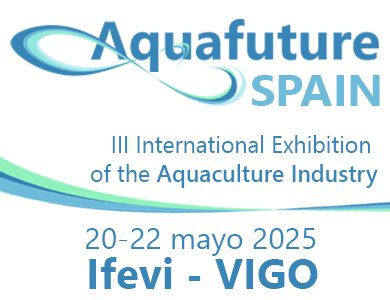Finland.- A new study on salmon genetics shows that wild salmon with strong genetic influence from farmed fish reaches sexual maturity in females at younger age and is smaller than salmon with no or less genetic influence from farmed ones. This leads, among other things, to fewer large female salmon in the rivers.
The study documents widespread changes to life-history traits in wild animal populations following gene flow from selectively bred, domesticated conspecifics. The continued high abundance of escaped, domesticated Atlantic salmon thus threatens wild Atlantic salmon populations by inducing genetic changes in fitness-related traits.
“The results represent key evidence and a timely warning concerning the potential ecological impacts of the globally increasing use of farmed fish and other domesticated animals”, said researcher Eero Niemelä, Luke.
The research group, led by the Norwegian Institute for Nature Research, studied over 4,000 salmon in 62 Norwegian rivers.
The article discussing the results of the study Gene flow from domesticated escapes alters the life history of wild Atlantic salmon was published in Nature Ecolocy & Evolution’s volume 1/2017 on 10 April.
Contact:
Eero Niemelä
Researcher
tel. +358295327412
eero.niemela@luke.fi
Reference:
Geir H. Bolstad, Kjetil Hindar, Grethe Robertsen, Bror Jonsson, Harald Sægrov, Ola H. Diserud, Peder Fiske, Arne J. Jensen, Kurt Urdal, Tor F. Næsje, Bjørn T. Barlaup, Bjørn Florø-Larsen, Håvard Lo, Eero Niemelä & Sten Karlsson. Gene flow from domesticated escapes alters the life history of wild Atlantic salmon. Nature Ecology & Evolution 1, Article number: 0124 (2017) doi:10.1038/s41559-017-0124
https://www.nature.com/articles/s41559-017-0124
Source: Luke

